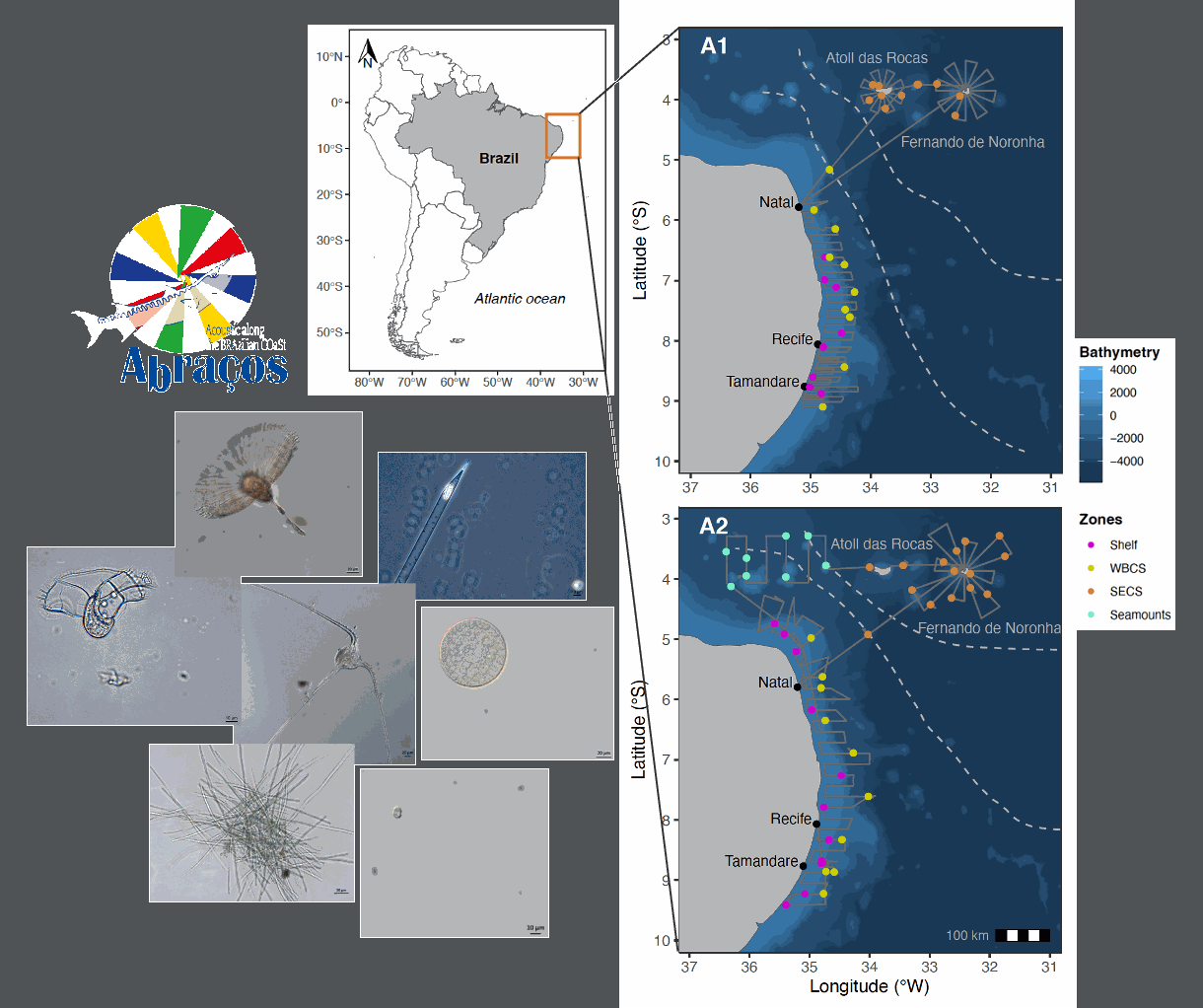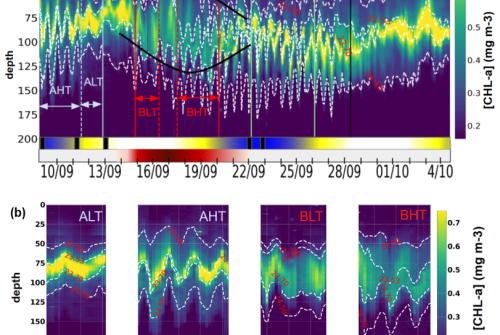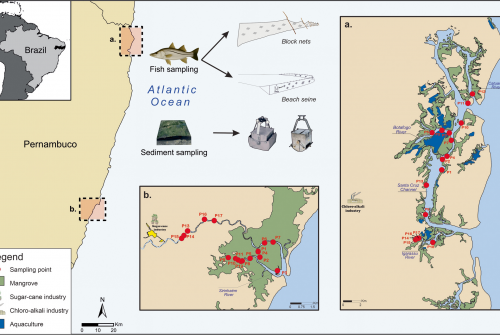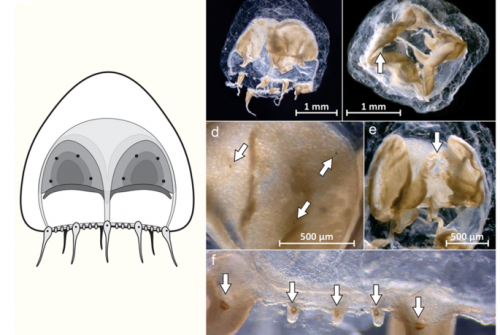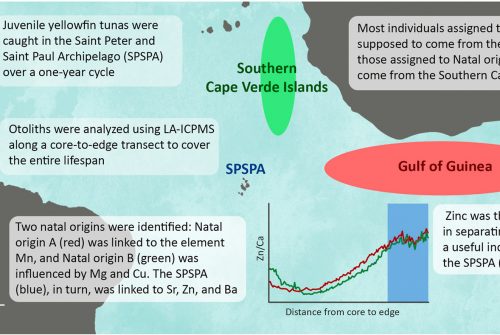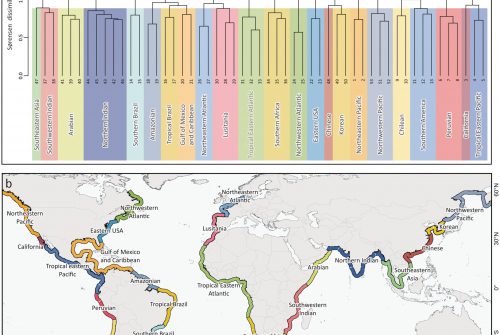Date: 2024-02-13
Temporal Extent: 2015-10-01 - 2017-05-06
Doi: 10.17882/98867
The ABRACOS 1 and 2 (Acoustics along the BRAzilian COaSt) oceanographic campaigns aims to realize an integrated approach to monitoring the tropical marine ecosystems in the Northeast Brazil region in order to better understand the connectivity between the sub-systems composing it. In particular, this cruise should fill this gap and improve understanding of the degree of connectivity which exists between the oceanic islands and the continental margin in the Northeast Brazil, as well as within the continental platform. In this context, the main objective of the ABRACOS cruise consisted in drawing up a 3D characterization of abiotic and biotic compartments and their interactions in the Northeast Brazil.
The cruises were performed along the Northeast Brazil continental shelf and slope between 5 and 9° S and around oceanic seamounts and islands from Fernando de Noronha ridge, including the Fernando de Noronha Archipelago itself and the Rocas Atoll. They were carried out on board the French oceanographic vessel R/V Antea in austral spring (September–October 2015) and autumn (April–May 2017).
Nano- and microphytoplankto phytoplankton communities have been collected in seawater samples collected using Niskin bottles mounted on rosette at different stations and depths or/and vertical strokes with phytoplankton 20 μm mesh-size net. This dataset focuses on their biodiversity, abundances and some functional features and contains (1) a global species list including 373 taxa with their complete taxonomy and the link to the images database (https://data.oreme.org/plankton/plankton_gallery/index/phyto#photo_taxon_list), (2) a table indicating Biovolumes and Carbon content cells for the 243 taxa counted in rosette phytoplankton samples, (3) occurrence data from phytoplankton net samples and (4) count data from rosette samples.
(Refer to the readme of the dataset to have more informations)
Authors: Carré Claire, Melo Pedro Augusto Mendes de Castro, Cabanez Léandro Ferreira , Cordeiro Isis Amália, Jales Marina Cavalcanti, Lacerda Sírleis Rodrigues, Lira Simone Maria de Albuquerque, Silva-Cunha Maria da Glória Gonçalves, Ternon Jean-Francois, Simier Monique, Bertrand Arnaud
